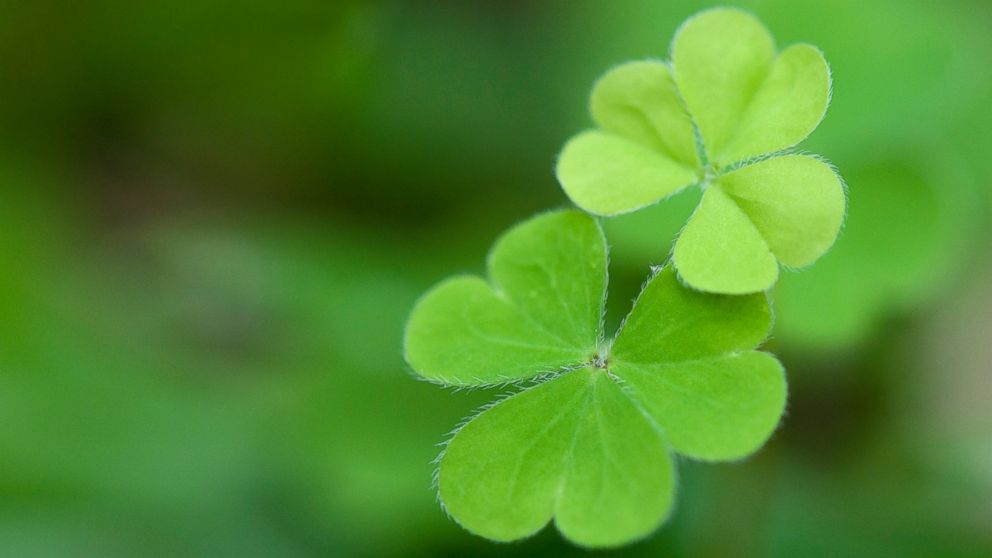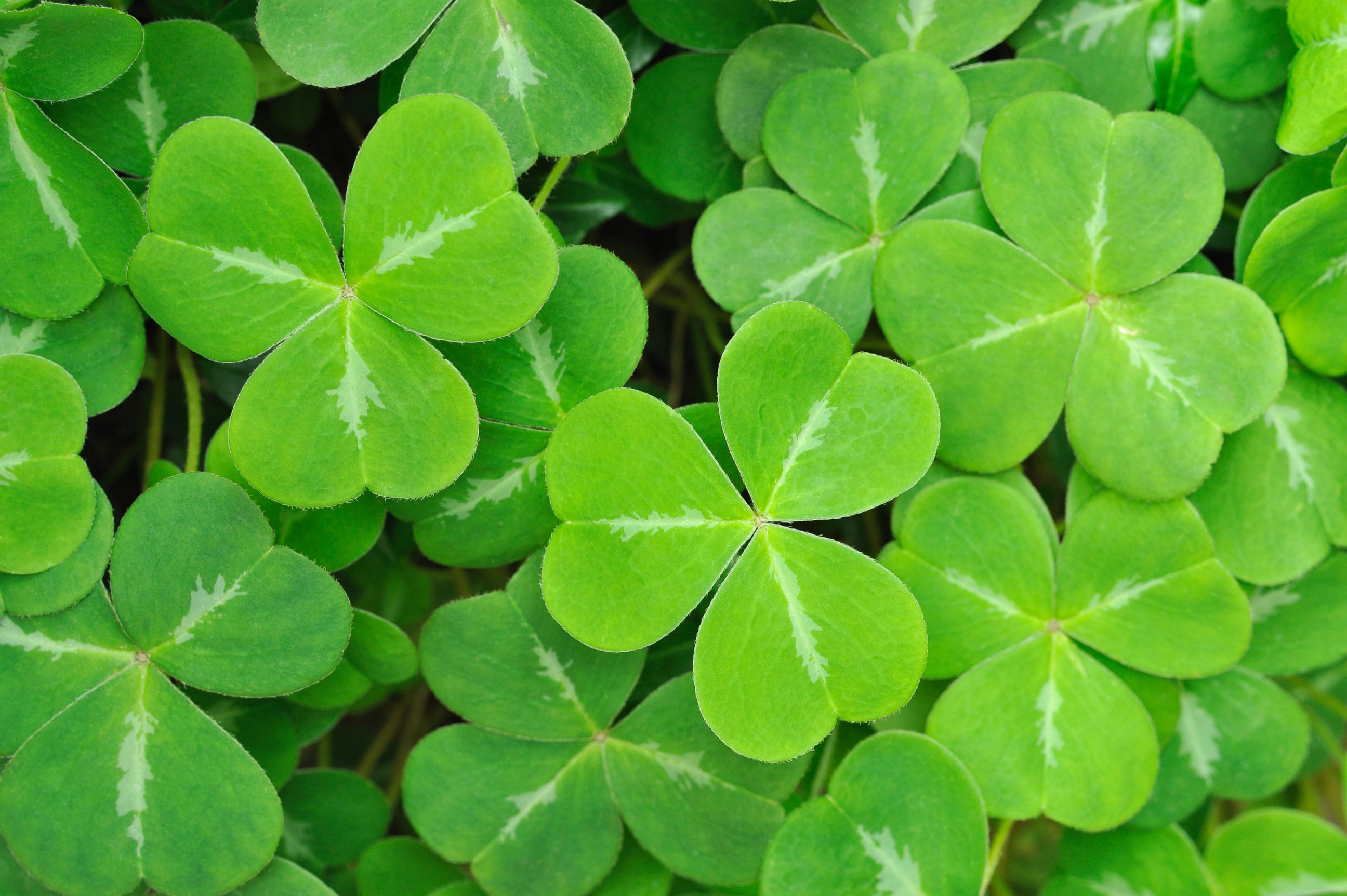St. Patrick's Day Conundrum: Scientists, Scholars Disagree on What Exactly a Shamrock Is
St. Patrick's Day conundrum: What exactly is a shamrock?

— -- Who knew such a little plant could be so controversial?
There's a big disagreement among botanists and scholars of Irish history as to what exactly shamrocks are, Irish studies professor Meg Tyler told ABC News today. Tyler is chair of the Institute for Study of Irish Culture at Boston University.
"Most think it's a three-leaf clover," Tyler said, "but some also think it refers to four-leaf clovers, and there's a lot of disagreement about what the shamrock refers to scientifically, such as what specific species of three-leaf clover it is or if it covers multiples of species."
Though the number three has always a significant number in pagan Irish culture, Tyler said Saint Patrick popularized the three-leaf clover after using it to teach people about the holy trinity -- the Father, Son and Holy Spirit.
But the much rarer four-leaf clover soon became popular, too, Tyler said, because they were considered lucky since they were so hard to find.
And in addition to the debate on what exactly shamrocks are, many non-clover plants are often mistaken to be clovers, Tyler said.
"During famines, some Irish documented they ate shamrocks and clovers, but it's now believed that likely were eating wood sorrel, an herb used in cooking today," Tyler said. "Wood sorrel looks similar, but it doesn't have three leaves."

Another three-leaf plant commonly mistaken for clovers is the Oxalis, which has yellow, white or pink flowers in addition to three-lobed leaves, horticulturalist Chris Carmichael told ABC News. Carmichael is the associate director of the University of California Botanical Garden at Berkeley.
"I was actually at a bar last night where they were celebrating Saint Patrick's Day, and there was a commercial image of this flower, not actual three-leaf clovers," Carmichael said.
And what exactly are clovers?
Clovers are a specific group of legume plants within the pea family that have three or four parts, Carmichael said, adding that there are many different types and species around the world in the northern hemisphere.
Personally, Carmichael said he believes all shamrocks are clovers but not all clovers are shamrocks.




